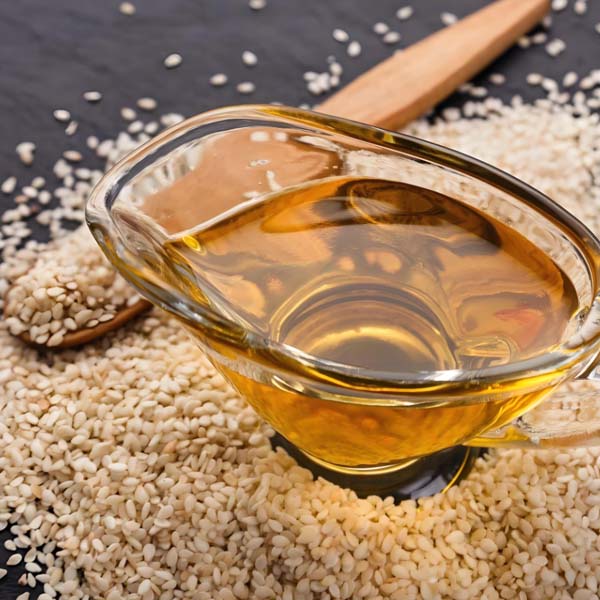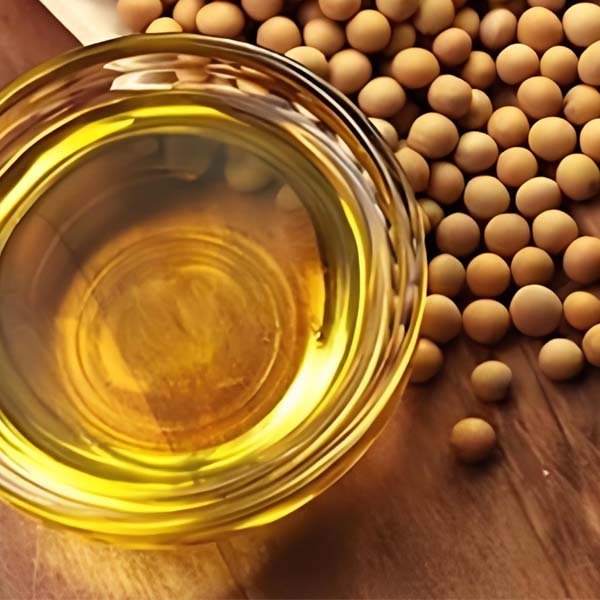The difference between cold pressing and hot pressing of spiral oil press
The main difference between cold pressing and hot pressing in a spiral oil press lies in the temperature treatment of the oil during the oil production process, as well as the resulting oil characteristics and retention of nutrients.


temperature treatment
- Cold pressing: Cold pressing is the process of extracting oil by pressing in an environment below 60 ℃. This low-temperature treatment method helps to preserve the natural flavor, color, and nutritional components of the oil.
- Hot pressing: Hot pressing is the process of first steaming and frying the oil at high temperatures, causing a series of internal changes in the oil, such as damaging oil cells, promoting protein denaturation, and reducing oil viscosity, in order to improve oil yield. During this process, the temperature of the oil will significantly increase.
Oil characteristics
- Cold pressed oil:
- The oil has a lighter color and does not ignite.
- It won’t foam or clog when frying things.
- High smoke point, low oil fume.
- The fragrance is relatively light because it has not been subjected to high temperature treatment, and the aroma components in the oil have not been fully released.
- Hot pressed oil:
- The color of the oil may be darker due to high-temperature treatment.
- The aroma is rich because high-temperature treatment allows the aroma components in the oil to be fully released.
- The oil yield is high because high-temperature treatment makes the oil easier to press.
- Without additional processing, there may be foam and sludge when frying things in the pan, but it can be solved with simple treatment.


Nutrient retention
- Cold pressed oil: Due to the lack of high-temperature treatment, the nutrients such as vitamin E, sterols, carotenoids, etc. in cold pressed oil are preserved relatively intact. These ingredients have a positive effect on human health.
- Hot pressed oil: Although hot pressed oil performs well in terms of aroma and oil yield, it may lose some nutrients during high-temperature treatment.
Applicable oils and consumer preferences
- Not all oilseeds are suitable for cold pressing. For example, the beany smell in soybean oil and the pungent smell in high mustard pickled Chinese cabbage seed oil must be removed through refining. The aroma of sesame oil and strong flavored peanut oil must be obtained through hot pressing process.
- The choice between cold pressing or hot pressing depends not only on the variety of oil, but also on the preferences of local consumers. Hot pressed oil has a richer aroma and is more in line with the taste of the general public; Cold pressed oil, on the other hand, pays more attention to the preservation of nutritional components and the natural characteristics of the oil.
In summary, there are significant differences between cold pressing and hot pressing of spiral oil presses in terms of temperature treatment, oil characteristics, nutrient retention, applicable oil materials, and consumer preferences. When choosing which oil pressing method to use, it is necessary to weigh specific needs and actual situations.
 Oil Press Equipment and Oil Refining Machinery for Sale – Start Your Oil Press Business
Oil Press Equipment and Oil Refining Machinery for Sale – Start Your Oil Press Business